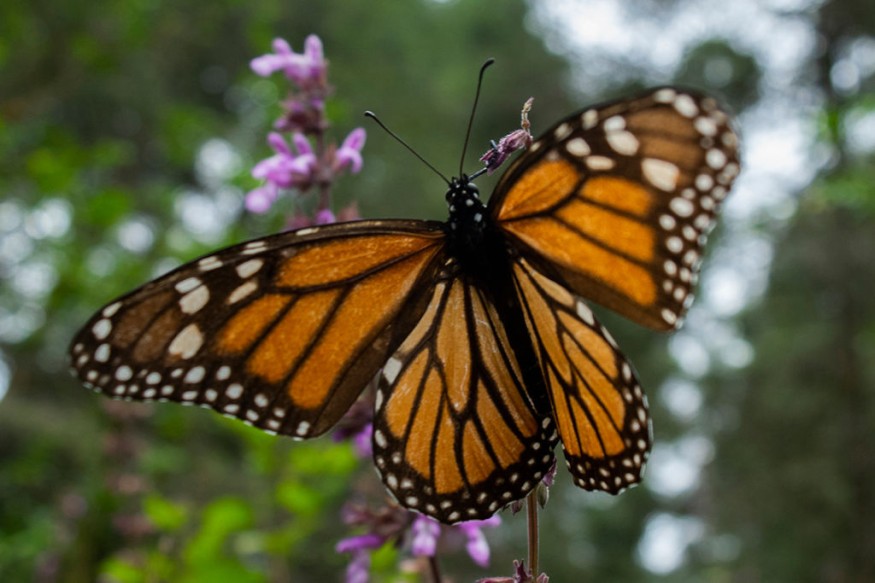A gene that determines if ultraviolet or UV iridescence is present and visible in the wings of butterflies has recently been identified by researchers at George Washington University in Washington, United States.
As specified in a report from ABP Live, the researchers found two species of North American butterflies, specifically the Colias eurytheme or orange Sulphur, and the Colias philodice or clouded Sulphur.
Butterflies, famously known for being the world's most beautiful creatures, are admired for their striking wings. Nevertheless, not all butterfly wings sparkle.
Since not all wings shimmer, the question about how other butterflies get those iridescent wings arises. Iridescence is described as the "glowing, shifting, colorful" trait of a rainbow which is also observed in a butterfly wing.

Essentiality of the Gene
In their study, recently published in the Proceedings of the National Academy of Science journal, the study authors showed that taking out a gene in butterflies with wings that lack UV coloration results in UV iridescence's bright patches in their wings.
Essentially, the researchers specified in their study, the gene plays a vital role in the evolutionary process by which species turn unique from one another.
According to Arnaud Martin, the paper's lead author, the researchers, "as evolutionary biologists," are interested in determining and understanding the genes that drive physical differences between species.
The researchers performed the study in two separate species of butterflies. Martin explained, the two species' geographic ranges overlap at present. Therefore, it needs to be visually unique in order to find a mate.
Specifically, the study authors observed the two species, Colias eurytheme, as described in Animal Diversity Web and Colias pilodice, as earlier mentioned.
UV Light
As specified in the research, UV light is reflected in the male orange sulphur butterfly's wings. The naked eye cannot identify such light.
The study also indicated that UV coloration is not shown by the female orange sulphur butterfly's wings, as well as the male and female clouded sulphur butterflies.
The researchers explained, animals can recognize their own species and track probable mates through visual cues like coloration and patterns, which include UV iridescence.
When individual butterfly mates with the wrong species, it may result in infertility in its offspring. It cost the environment, as well.
Also specified in the study is that female orange sulphur butterflies can recognize the male butterflies of their own species through their luminescent wings.
Developing Distinct Characteristics
Prior to the occurrence of the modern era, ecological isolation caused two species to develop unique characteristics.
when farmers in the US augmented the cultivation of alfalfa, which is the favorite source of food for sulphur butterflies, the pair of species swarmed the fields of alfalfa. As a result, this increased the chances of mating and thus genes were swapped.
Previously, the orange sulphur bacteria were limited to the western half of North America. Because of gene swapping, it has now occupied the eastern part of Northern America, and combined with the clouded sulphur bacteria's populations, as specified in the study.
According to a Science Daily Report, to further understand which genes combined and which remained distinct during the past 100 years of hybridization, in the laboratory, the study authors scanned the orange sulphurs and clouded sulphurs' genomes from an eastern population.
As a result, they discovered that the two species had clearly shared and swapped genes. More so, their respective chromosomes seemed quite akin.
Related information about butterfly wings is shown on National Science Foundation's YouTube video below:
Read also: Peeking Into a Chrysalis: Stunning Video Reveals How Butterfly Wing Scales Grow During Metamorphosis
Check out more news and information on Butterflies in Science Times.
© 2025 ScienceTimes.com All rights reserved. Do not reproduce without permission. The window to the world of Science Times.












